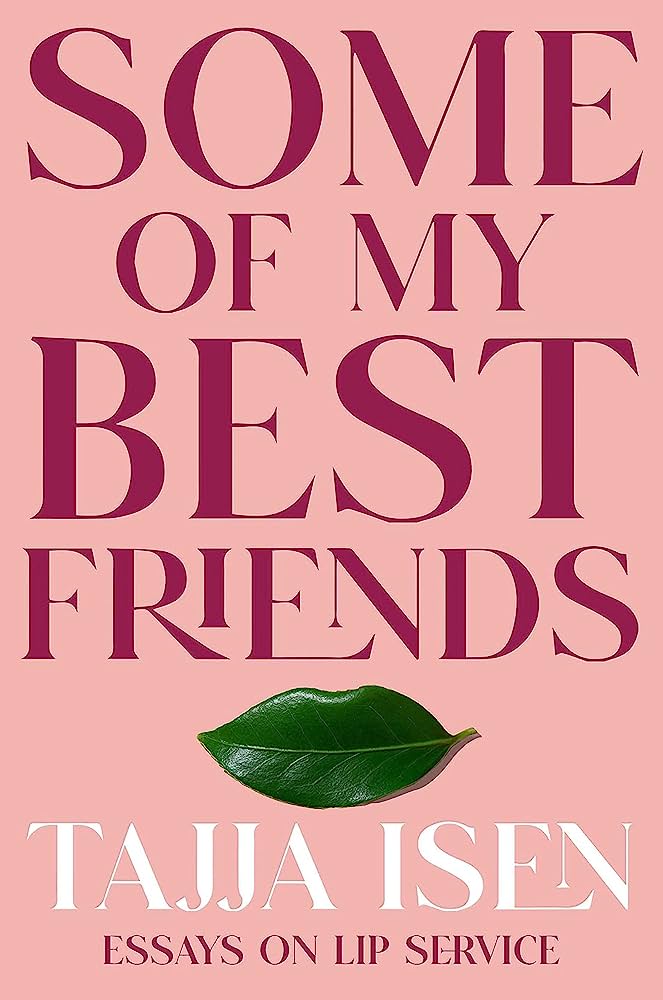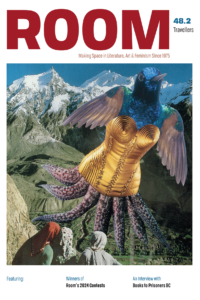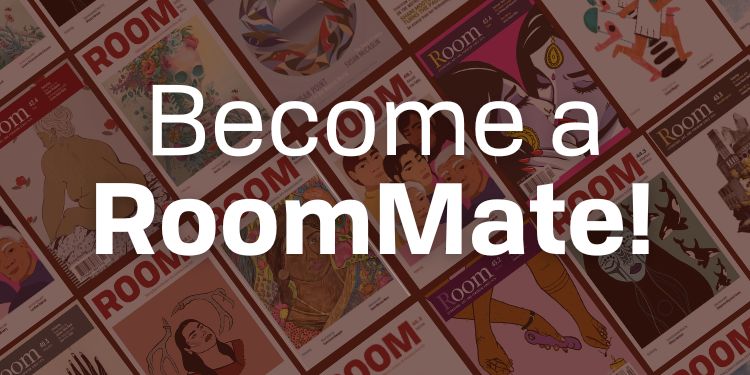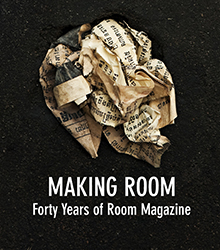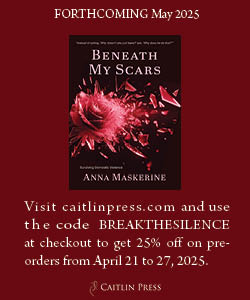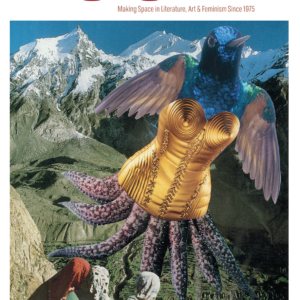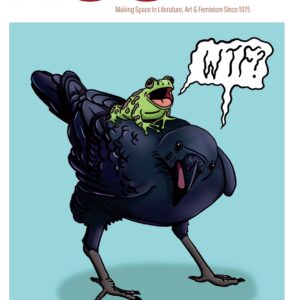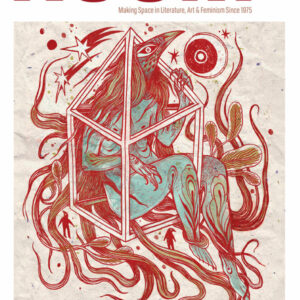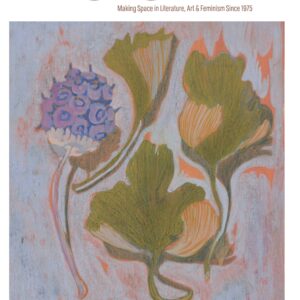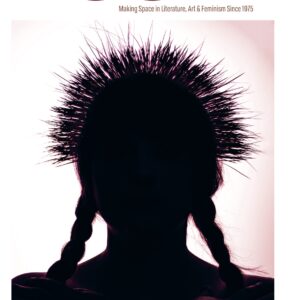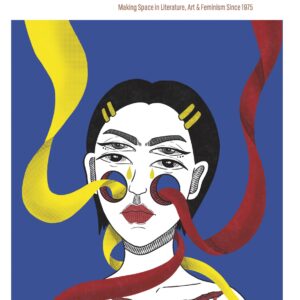Our 2023 Creative Non-Fiction Contest is judged by Tajja Isen! A writer, editor, and voice actor, Tajja Isen’s first book, Some of My Best Friends: Essays on Lip Service, was published in 2022 and was named a Best Book of the Year by Electric Literature, The Globe and Mail, CBC Books, and Daily Hive.
Whether you’re looking for inspiration or a good read, enjoy this short excerpt from Isen’s Some of My Best Friends: Essays on Lip Service!
___
My first-ever stab at a personal essay is saved on my hard drive as “personal essay.docx.” Clearly, I only planned to hit it once. Getting serious about the form seemed like a bad idea; in 2016, people talked about the genre like the circus had packed up and gone. Writers had eaten fire and swallowed swords and bared every conceivable crevice. Sure, you might be a bona fide freak, but even so, how were you going to outdo what had already been done? Admitting I wanted to try felt gauche and possibly a route to grievous bodily harm. While none of these fears were well-founded, they tainted the air enough that I held my breath. I also had my own private doubts about the essay. Hunger made me seek out collections in bookshops; vicarious shame made me slap covers shut. No matter how great a writer’s life seemed to be, everything always hurt when they pressed on it, like the joke about going to the doctor with a broken finger. At the same time, I envied the anthropological clarity these writers brought to their pain. They seemed to perceive their lives and the forces that shaped them more keenly than I did mine. I would try it, I decided. Just once. In secret.
The essay I wrote is about growing up a speck in the eye of a white suburb, a story I’d been raised to believe was flecked with prejudice, but not infected by it. As a child, I was taught to see discrimination as patterned only insofar as it acted upon large groups of people, and even then, the context was usually a brief history lesson. What happened to me in school and on the street was portrayed more like lightning—scorching, sure, but also random and discrete. A personal essay seemed like the right vehicle to collect all the counter-evidence. My desire to make sense of myself and my story was genuine. But my aims were also mercenary: I wasn’t pressing on these memories because it hurt so good to do it, but because they seemed like the kind of thing that got published online. Not that I was ever planning to do anything like that.
The grievances amounted to five thousand words titled, after Zora Neale Hurston, “A Sharp White Background.” (My sample size had taught me that subtlety was not required.) Whole paragraphs came easy, the process feeling frictionless the way an art can when you don’t know enough of its rules to be hard on yourself. Writing, as I knew it, was dense and heavy work, and fiction had taught me the labor it takes to look graceful. But the lightness of this essay’s composition felt all out of scale with the heft of the result, like I’d been playing in the sand and unearthed a buried skeleton, grisly and inevitable and so near the surface it seemed like a health risk. I hadn’t constructed something so much as extracted it, and now that it sat steaming and exposed to the air, I was horrified by the pit it had come from.
Had I really been carrying around this gaping sense of woundedness for my entire life? Was I in danger of bleeding out? Worse, was this the deeply unfunny vibe I gave off as a person? All things considered, I thought my childhood had been pretty good! And yet the essay inflected my character with something noble, too; the idea that, as I moved through the world, I silently nurtured this yawning hurt by virtue of who I was. I thought I’d sucked the poison out, spat it into some nice sentences, and that was where the story would end. Especially since even more people, by then, were saying that the personal essay had straight-up died. But then, a few weeks later, I had a thought about how something else that happened in my life had been shaped by painful feelings of difference. Then another. My relationship to memory had suddenly become the trick where the clown, in mixed wonder and dread, keeps pulling knotted handkerchiefs out of his mouth. How far down do they go—are they crammed in his trachea? Curled in his stomach?
Six years later, I’m not horrified, nor even really surprised, that this was the tune that emerged when I tried to sing the inaugural song of myself. After all, I’d been keeping an eye on the writers at the vanguard, seeing what kind of behavior got rewarded, and I’ve always been a canny mimic. My essay struck a set of poses common to a certain type of personal story: an implied sameness between being racialized and feeling existential pain, anxiety over an imagined failure to embody “authenticity,” seeing one’s reflection in popular media as a political endgame. Though these are very much tropes, they also gave me a way to express something that felt, at the time, both vivid and true. (They didn’t, small mercy, get me published, at least not that first time.) I’ve encountered versions of this essay many times in the years since. I’ve read and reread it, assigned it, rejected it. I’ve seen it castigated by satires and complaints, but also summoned by submissions calls and expensive book deals. I’ve written it a few more times, too, though often not on purpose. Various market forces guide writers into producing this kind of piece; sometimes, writers guide themselves. That there’s an ongoing appetite for it says something essential about the reading public and the language we use to tell the story of selfhood.
Using firsthand experience as a political hook has become a staple of digital publishing. Confessionals of the past, like “My Gynecologist Found a Ball of Cat Hair in My Vagina”—a viral xoJane piece from 2015 that is often cited as the trend’s peak—no longer cut it if they aren’t yoked to something like “And Here’s What That Taught Me about White Supremacy.” I’m describing a specific type of personal writing here; not the inevitable outcome of putting yourself on paper but a version manufactured by a certain set of circumstances, like guilty white newsrooms and the churn of the internet. The demand for these accounts falls most heavily on writers from marginalized backgrounds. Several linked premises scaffold the persistence and popularity of these pieces: that one’s personal story should bloom around suffering; that suffering is inextricable from being alive and minoritized; that giving such pain a platform is inherently moral; and, perhaps most significantly, that consuming it is evidence of a higher goodness. In other words, it’s a cycle in which everyone is complicit.
Selfhood, as a subject, has always been a wellspring for writers— not least the tradition of Black and racialized essayists who wrote their personal histories into a world that denied their humanity. But, as digital media seeks its own fixes to historical problems, tales of an anguished subjectivity have become a new boon—a quick hit of empathy meant to confirm that to be both “other” and alive is, inevitably and spectacularly, to hurt.
“This Time It’s Personal,” excerpted from Some of My Best Friends: Essays on Lip Service by Tajja Isen. Copyright © 2023 by Tajja Isen. Excerpted by Doubleday Canada.
___
Submit to our 2023 Creative Non-Fiction Contest by July 1, 2023 to be read by Tajja Isen and stand a chance to win $1000 and publication in an issue of ROOM — plus, submission fees include a one-year subscription to Room. Happy submitting!
We also have ten free entries to offer to low-income writers for each of our contests in order to encourage barrier-free access to contest submission. We encourage those who may benefit from a free entry, for any reason at all, to contact us at contests [at] roommagazine [dot] com. RoomMates who join us on Patreon also get free contest entries!
